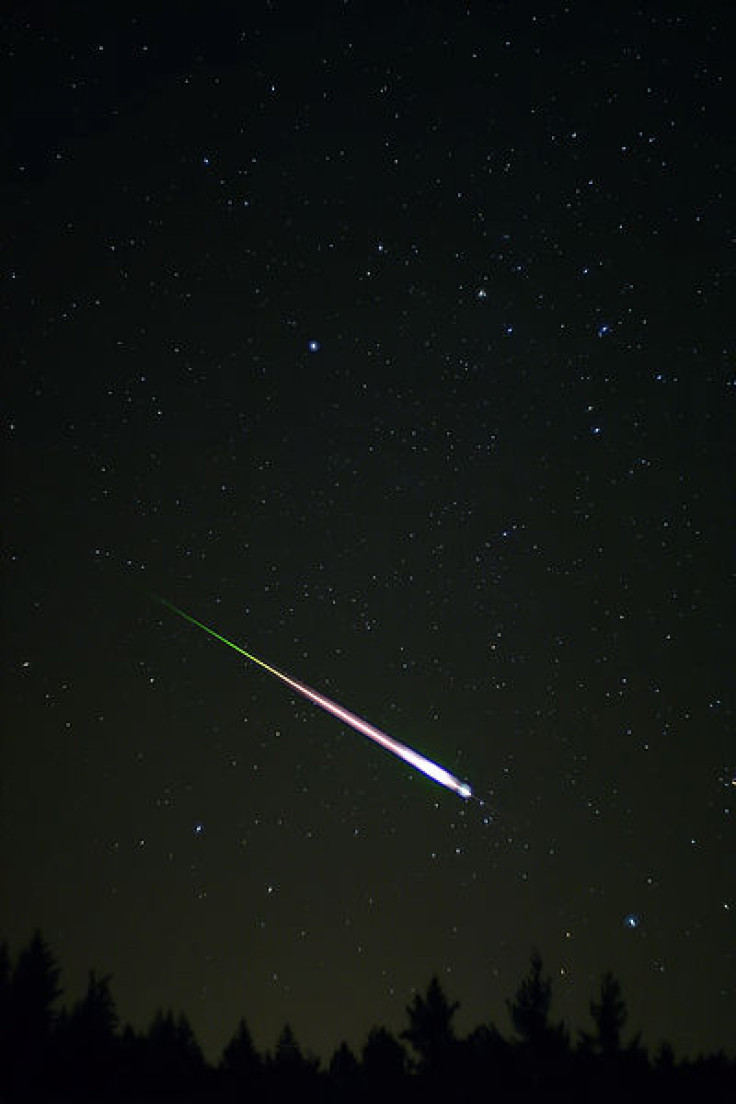Leonids Peak Between Midnight And Dawn - How To Watch

Spring has its showers of rain; autumn its showers of meteors. Luckily, the Leonids are peaking Friday night and Saturday morning, offering sky-watchers a chance to view a celestial experience without losing sleep before a work day.
To see the shower, just go out to a place with clear, dark skies between midnight Friday and dawn. The meteors will appear to emanate from the Sickle of Leo, a hook-shaped area of stars in the leonine constellation to the east.
“The waxing crescent Moon won’t be a problem for meteor watchers, setting before the Leonids’ namesake constellation rises high in the sky,” Camille Carlisle wrote for Sky and Telescope. “And if you’re in the northeast, like we are, the weather looks to be in a holding pattern -- a cold holding pattern, but hey, it's November.”
The Leonids only appear to come from the Leo constellation. They're actually bits of debris left in the wake of the comet Tempel-Tuttle, which swings by our sun every 33 years. We pass through the comet's wake every November.
Sometimes the Leonids can produce fabulous light shows. A particularly spectacular show in 1833 provoked wonder across America, particularly in the leader of the fledgling Mormon faith, Joseph Smith.
“I [arose] and beheld to my great Joy the stars fall from heaven yea they fell like hail stones,” Smith wrote in his diary, calling the meteor shower a fulfillment of Biblical scripture and “a sure sign that the coming of Christ is [close] at hand.”
Another spectacular Leonid shower occurred in 1966, when at one point there were thousands of meteors falling per minute, like a rain of light.
“Some who witnessed the 1966 Leonid meteor storm said they felt as if they needed to grip the ground, so strong was the impression of Earth plowing along through space, forming the meteoroid stream,” EarthSky writers Bruce McClure and Deborah Byrd say.
Another fabulous burst of Leonids occurred in 2001 and 2002.
But this year, the Leonids are not that likely to roar, and probably won't again for awhile. Scientists think that the comet's orbit will be slightly perturbed when Tempel-Tuttle swings close to Jupiter. This change will likely make the historically fabulous storms a thing of the past.
And if you miss this month's meteor shower, don't fret. There's always the Geminids next month, predicted to peak on December 13 and 14. The Geminids, which are shaken off of the asteroid 3200 Phaethon, are a much brighter show, with hourly rates of meteors likely to be 10 times higher than the Leonids.
© Copyright IBTimes 2024. All rights reserved.











